 WARP DRIVE LUDICROUS (The infinite improbability drive)
WARP DRIVE LUDICROUS (The infinite improbability drive)In April 2016 I experienced a strange phenomenon.
| WARP DRIVE LUDICROUS / Article from The Hitchhiker's Guide to the Quantum World | last update: Feb 26 '17 |
WARP DRIVE LUDICROUS
by Erich Habich-Traut, Thursday, February 25., 2017
https://ehabich.info/singularity/warp/warp.htm
 WARP DRIVE LUDICROUS (The infinite improbability drive)
WARP DRIVE LUDICROUS (The infinite improbability drive)
In April 2016 I experienced a strange phenomenon.
On a boring long distance drive I wanted to see if time could be influenced by concentrating on some fixed star in the sky, whilst being in a moving vehicle.
The car did move at a fixed speed with cruise control, for the majority of the ride. I experienced that my subjective time appeared to slow down, and it took longer to reach my destination than expected.
But this may not have been just a subjective experience,
because electronics were affected.
(Or, because my car electronics were affected,
the impression that time was dilating arose?)
|
|
There were all sorts of complications with my Android based navigation car computer. It kept crashing, freezing, locking up, leading to complete temporal and spatial disorientation whilst driving through the Netherlands. |
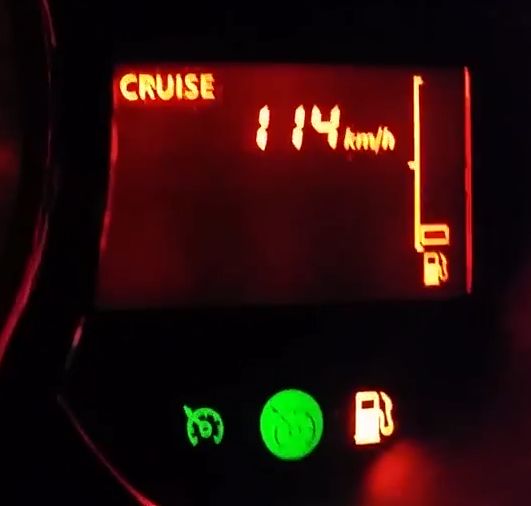 So whilst I was driving, I did not appear to be moving as I should have, inside the car (to an external stationary observer the kilometres DID however advance objectively, as the GPS record shows), my petrol gauge appeared to inch towards empty, faster than it should have.
So whilst I was driving, I did not appear to be moving as I should have, inside the car (to an external stationary observer the kilometres DID however advance objectively, as the GPS record shows), my petrol gauge appeared to inch towards empty, faster than it should have.
Yet in the end, everything worked out all right.
I had lost all perception of time during the drive, a most terrifying experience, the drive appeared to take almost forever.
This is probably something many late night drivers can attest to,
whether they drive cars or trucks across continents.
Then the question of course must be, why do I talk of lost time when I actually gained it?
I certainly did not move at significant relativistic speeds in my vehicle (any speed is relativistic, only the effect varies).
Believe it or not, something fishy was going on.
Rationalization
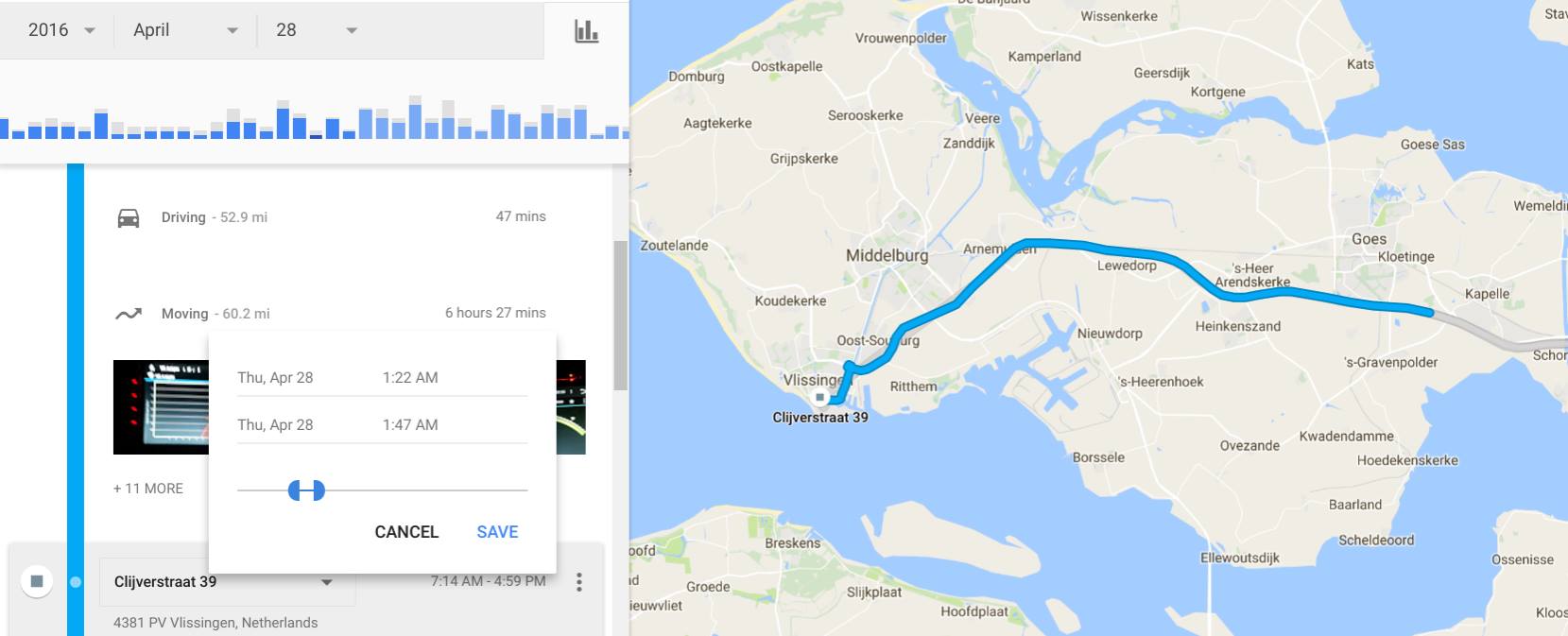 Using GPS records and the video I have revised locations, speeds and times of the night time drive from the 27th to 28th of April 2016.
Using GPS records and the video I have revised locations, speeds and times of the night time drive from the 27th to 28th of April 2016.
Before boring the reader with the details of the calculations, I will say that that the car appears to have travelled for a short time at a speed of 396 km/h (respectively 198km/h, which still exceeds the top speed of the vehicle by 20km/h).
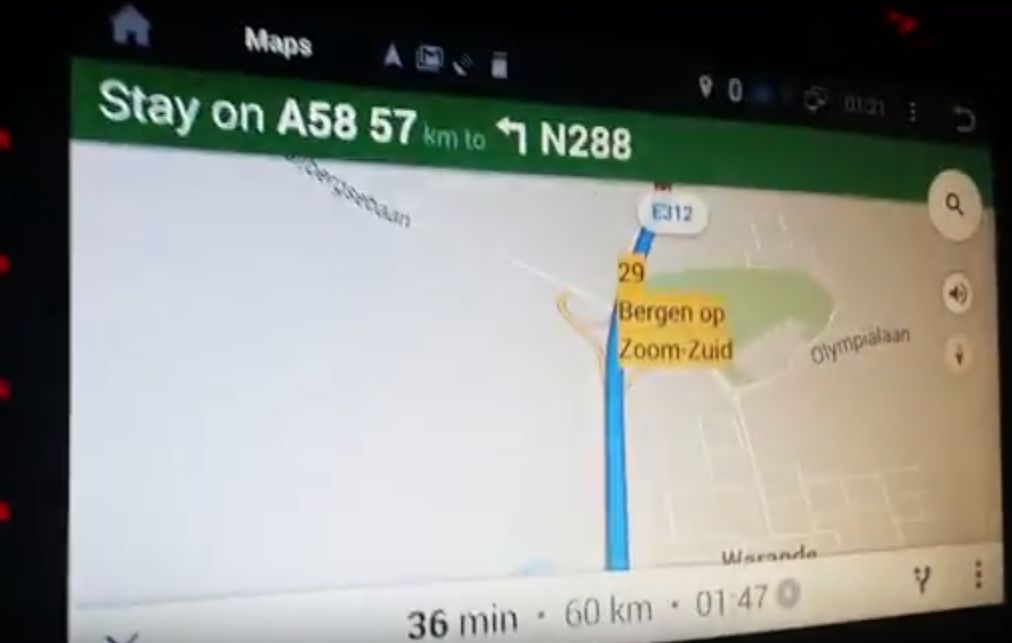 The video shows that the in-car time was 1:22, when near the city of Goes in Zeeland, in the vicinity of the former Easter Island statue billboard and near Tramper Technologies NL.
The video shows that the in-car time was 1:22, when near the city of Goes in Zeeland, in the vicinity of the former Easter Island statue billboard and near Tramper Technologies NL.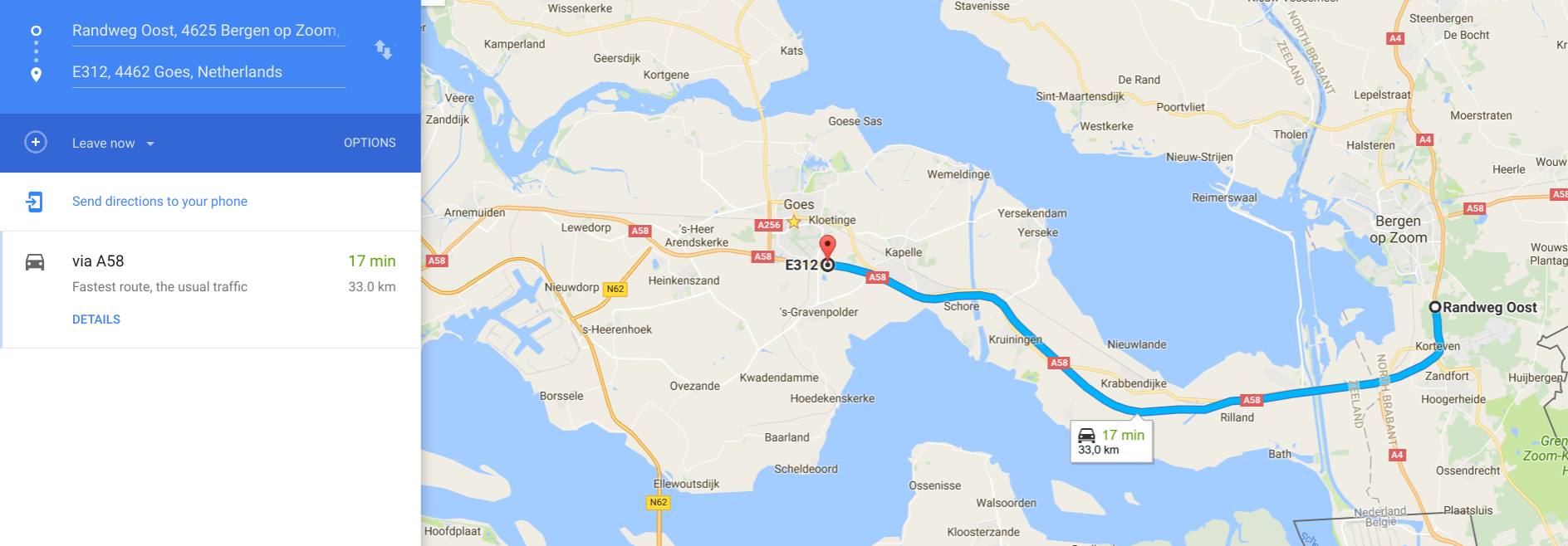 FROM Bergen op Zoom to Tramper Technologies is a distance of 33 km, taking 17 minutes.
FROM Bergen op Zoom to Tramper Technologies is a distance of 33 km, taking 17 minutes.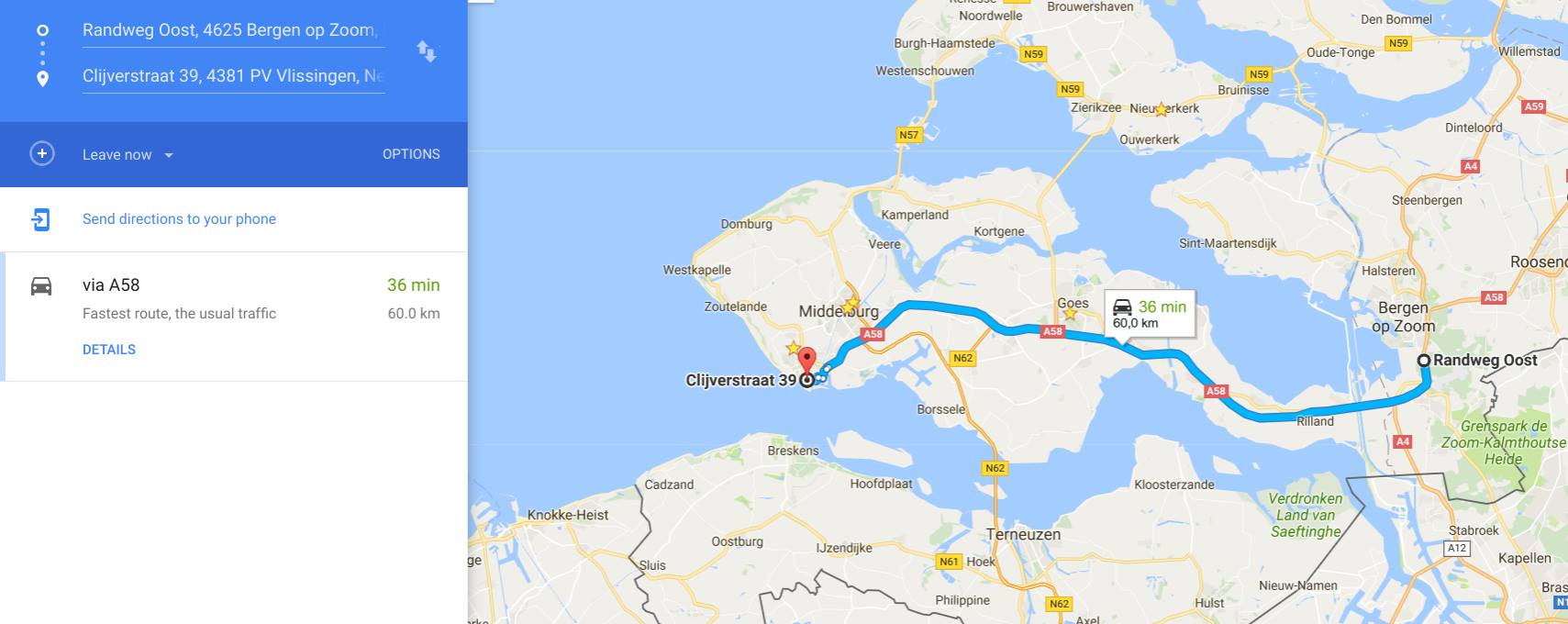 The REAL DISCREPANCY is, that when I looked at my watch at the moment when the car computer crashed at Bergen op Zoom, it said 1:17h.
The REAL DISCREPANCY is, that when I looked at my watch at the moment when the car computer crashed at Bergen op Zoom, it said 1:17h. Even at 10 minutes I would have been driving at almost twice the set cruise control speed.
I'm missing between 7 to 12 minutes, that I cannot account for
(17 min. objective time - (x) min. subjective time).
 On a boring long distance drive I wanted to see if time could be influenced by concentrating on some fixed star in the sky, whilst being in a moving vehicle.
On a boring long distance drive I wanted to see if time could be influenced by concentrating on some fixed star in the sky, whilst being in a moving vehicle.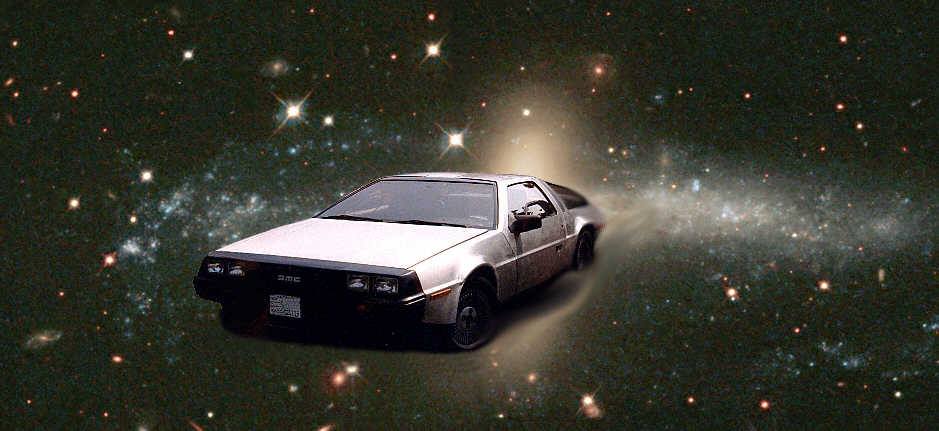
Unfortunately my car, a Dacia Lodgy, did not have a flux converter.